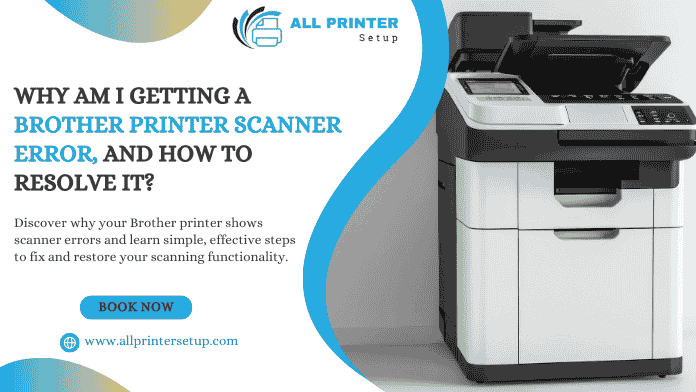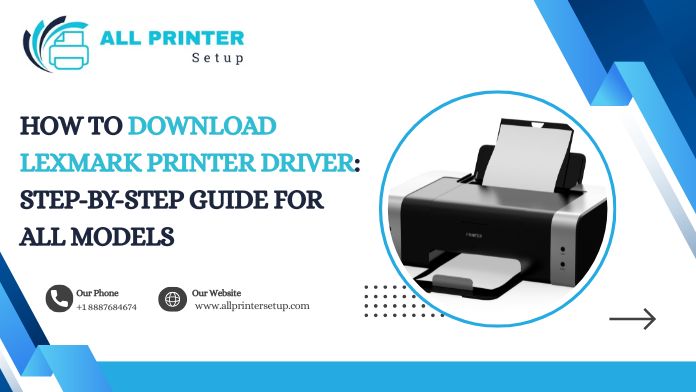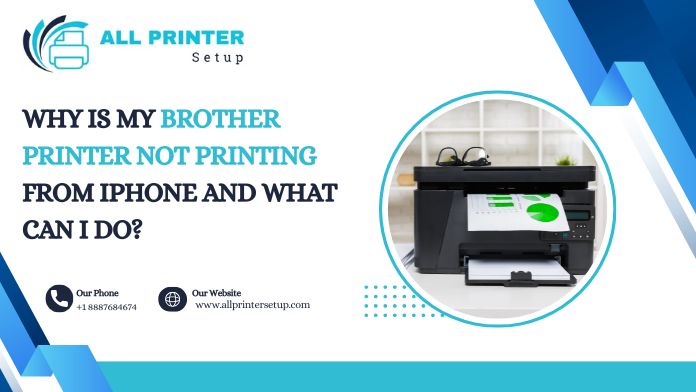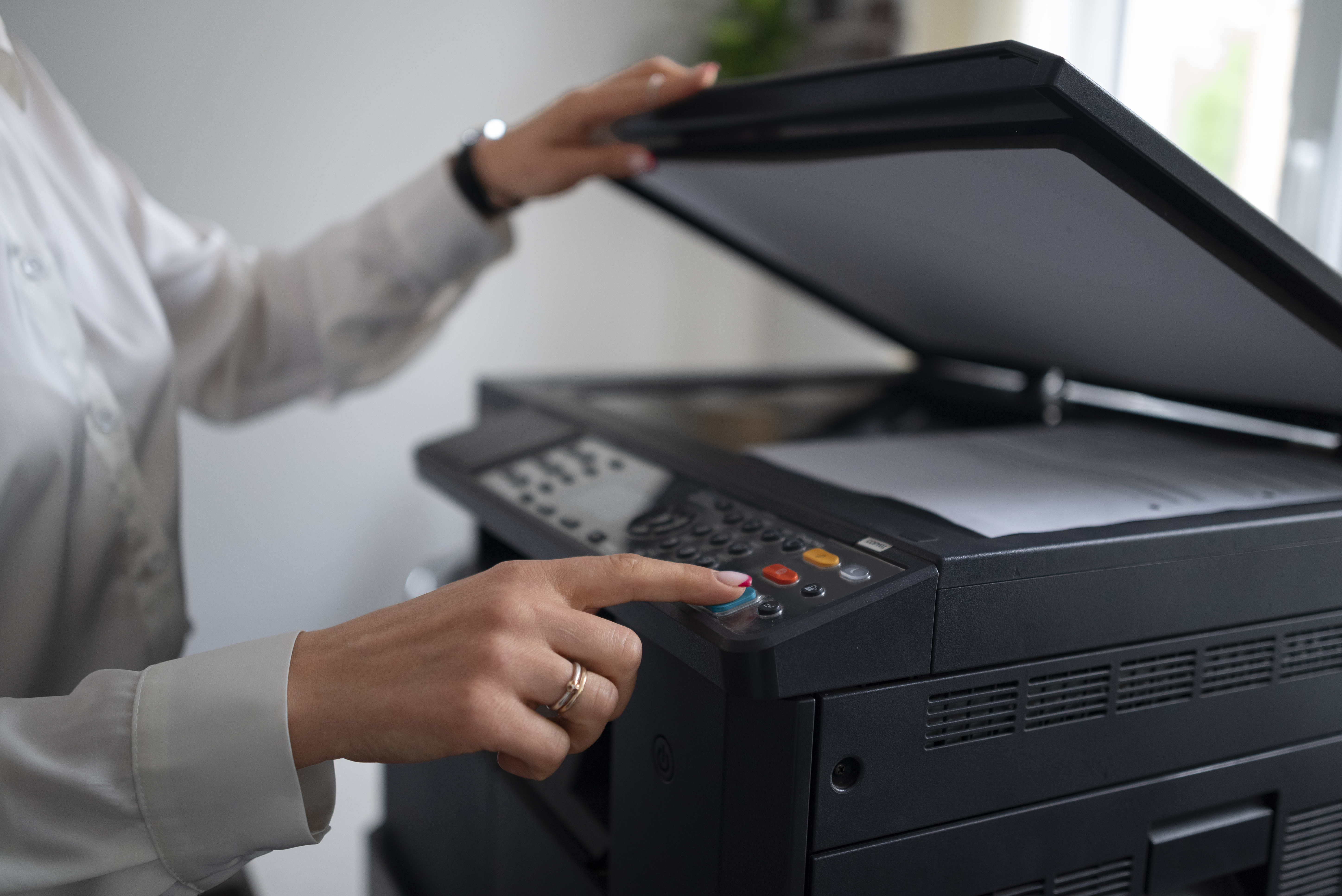.png)
HP printers are among the most reliable printing devices in the market, known for their quality, versatility, and user-friendly features. However, like all tech gadgets, they can occasionally run into problems, especially when connecting to a network. If your HP printer won't install on the network or connect to your Wi-Fi or wired network, it can be incredibly frustrating, particularly when you need to print something urgently.
This blog examines common reasons why your HP printer may not be installing on the network and offers step-by-step solutions to help you resolve the issue quickly.
1. Check Network Connection Basics
Before diving into technical fixes, make sure the basics are in order:
- Is your Wi-Fi working? Check if your other devices (like phones or laptops) are connected to the same network.
- Is your printer within range? Your printer should be within the effective range of your router.
- Is the printer on? It may sound obvious, but it's a common oversight.
- Correct network selected? Ensure your printer is attempting to connect to your preferred home or office network, not a neighbor's or a guest network.
If all of these are in place, and your printer still won't install on the network, it's time to dig deeper.
2. Incorrect Network Settings or Credentials
One of the most common reasons for failed printer installations is the incorrect use of Wi-Fi credentials. If your HP printer has previously worked but is now not connecting, you may have recently changed:
- Your Wi-Fi network name (SSID)
- Your Wi-Fi password
- Your router (e.g., upgraded or replaced)
Solution: Reconfigure Wireless Setup
Most HP printers come with a touchscreen display. Here's how you can reconnect:
- Go to Setup> Network > Wireless Settings.
- Tap Wireless Setup Wizard.
- Select your network and enter your password carefully.
For printers without a touchscreen, use the HP Smart App or WPS (Wi-Fi Protected Setup) method.
3. Software or Driver Issues
Without the correct drivers or software, your computer won't be able to recognize or communicate with your printer, even if it's on the same network.
Solution: Update or Reinstall Drivers
- Go to the HP Support website.
- Download the latest drivers specific to your printer model and operating system.
- Install the HP Smart app or complete driver package (avoid fundamental drivers unless needed).
Tip: Always uninstall older drivers before installing new ones to avoid software conflicts.
4. Firewall or Antivirus Blocking Connection
Your computer's firewall or third-party antivirus software can mistakenly block networked devices, including printers.
Solution: Adjust Firewall Settings
- Temporarily turn off your firewall or antivirus software and try installing the printer again.
- If it works, add HP software as an exception or "allowed app" in the firewall settings.
Don't forget to turn your security software back on after testing.
5. Printer Not Assigned a Proper IP Address
Sometimes, your HP printer may not receive a valid IP address from the router, especially if it's stuck in "Auto-IP" mode or receives an IP address of 169. x. x address, which indicates a network issue.
Solution: Assign a Static IP Address
- Print a Network Configuration Page from the printer.
- Find the current IP address (or note if it's invalid).
- Log in to your router settings and assign a static IP address to your printer's MAC address.
- Use the HP software to set the printer's IP address if needed manually.
This ensures consistent communication between devices.
6. Router Compatibility Issues
Older routers or specific router settings may not be compatible with newer HP printers.
Check These Router Settings:
- Dual-band networks: Ensure the printer is connected to the correct band (2.4 GHz is more widely supported than 5 GHz).
- MAC address filtering: If enabled, add your printer's MAC address to the list of allowed addresses.
- DHCP limitations: Ensure your router has enough IP addresses to assign.
Restarting your router can also refresh the network and sometimes resolve temporary issues.
7. Use the HP Print and Scan Doctor
HP offers a free tool for Windows users called HP Print and Scan Doctor, which can automatically diagnose and resolve many connection issues.
How to Use:
- Download the tool from HP's website.
- Launch it and select your printer.
- Click on "Fix Printing" or "Fix Scanning," depending on the issue you are experiencing.
It will attempt to reset settings, check drivers, and provide suggestions.
8. USB Setup Required First (for Wireless Installation)
Some HP printers may require an initial USB connection to install drivers and connect to a wireless network, especially if they don't have a touchscreen.
Solution: Use USB to Set Up Wireless
- Connect the printer to your PC using a USB cable.
- Run the HP installer software.
- Choose "Convert USB to Wireless" or a similar option during Setup.
Once the wireless Setup is complete, you can disconnect the USB cable.
9. Operating System Compatibility
Outdated operating systems may not support newer HP printer software.
- Windows 7/8 or early macOS versions require legacy drivers.
- HP may occasionally discontinue support for older systems, so check for compatibility.
Solution: Use the HP support page to see what software is available for your OS version. If your OS is not supported, consider updating or using a basic driver.
10. Try Connecting via Ethernet
If your wireless Setup fails repeatedly and your printer supports Ethernet, try connecting via a wired connection instead.
Benefits:
- More stable connection
- No need to rely on Wi-Fi signals
- Ideal for office setups
Once connected, your printer should appear on the network, and you can install it like a regular network printer.
11. Factory Reset Your HP Printer
If you've tried everything and the printer still won't connect or install, it may be time to perform a factory reset.
Caution: This will erase all custom settings, including Wi-Fi credentials.
How to Reset:
- Go to the Settings > Restore Defaults > Restore Network Settings (options may vary slightly).
- After resetting, perform the wireless Setup again using the steps listed earlier.
Conclusion
When your HP printer won't install on the network, it's usually due to network misconfiguration, driver issues, or incorrect credentials. By following the steps above—checking your Wi-Fi, updating drivers, configuring IP settings, and more—you can identify and resolve most issues without needing to call tech support.
If all else fails, contacting HP Support directly or visiting a local service center might be necessary, especially if there's a hardware fault.
Remember: Most network installation issues are solvable with patience and the proper steps. Don't throw your printer out the window just yet!
Was this article helpful?




.png)
.png)
_1728455153.png)
